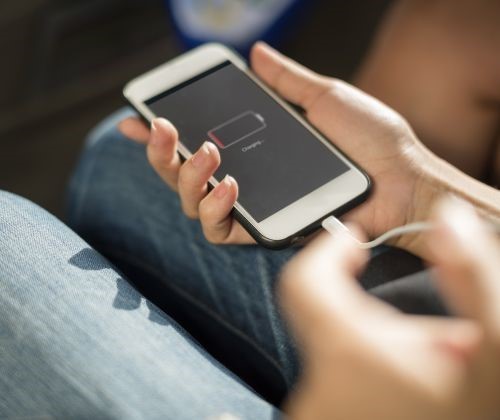
App reviews, Guides and Tutorials
 How to extend your phone's battery life
How to extend your phone's battery life
Most smartphone makers are moving toward modular designs. This means that the internals can be made smaller, and there are fewer moving parts to heat up. It also keeps the battery size smaller. However, the current trend of larger and larger screens leads to poor battery life. On top of that, demanding apps require more energy, and few developers take the time to optimize their software. The good news is that the six strategies highlighted below will help you use your phone's battery efficiently.
1. Check the power efficiency of the apps you run often.
Some apps are built with the goal of saving energy, while others need to use more processor cycles, and thus require more power. Not only that, but some of these apps want to run at all times, even when they don't actually need to! To improve battery life, start by turning off background syncing and data usage. Try to reduce your apps' memory usage, if possible; there are many third-party applications that can help with that. Limit app updates while you are away from home and activate the emergency mode for power-hogging software, if that option is available.
This strategy can be very effective for people who use lots of social media apps such as Instagram, Facebook and Twitter. By turning off data syncing for these applications, I guarantee that your phone's battery life will improve.
2. Get a portable wireless charger.
Wireless charging has been around for several years now, and it's still one of the most convenient ways to charge your device when its battery runs out. There are a number of wireless chargers out there, including those made specifically for certain smartphones; you won't need to buy a dedicated model, though.
3. Get creative with the screen.
By default, the screen will automatically go dim when the battery is almost dead. However, if you think you may run out of power later in the day, you can extend battery life by going to the display settings and choosing a low brightness value.
You can also turn on adaptive brightness; most people find that having the phone's screen dim automatically helps a lot. However, my recommendation is to test both options, and then find out which one works best for you.
4. Enable your phone's power saving mode.
Modern Android OS versions include several advanced power saving modes, which can drastically reduce battery drain. These modes can be quite conservative, because they will throttle the processor to conserve energy, and that means that some apps may not run as fast as they usually do. Screen brightness will also be reduced, and in some cases the display may turn to gray scale, with the goal of saving even more power.
5. Disable the radios.
Turn off Wi-Fi; switch it off when you don't need Internet access, or when you're using mobile data. Disable Bluetooth as well, unless you're using a pair of wireless headphones to listen to music. Enable Airplane Mode to prevent other radios from being used; you should be aware that this move will make it impossible to browse the web, send and/or receive phone calls, SMS, etc.
6. Restart the phone.
By doing this, you may be able to unload a buggy app, which was using a lot of power, from the memory. Do this on a weekly basis, or whenever you notice a sudden battery drain. Also, make sure to restart your phone after each batch of app updates; many developers fix bugs, but sometimes the new versions won't run properly until you restart the device.